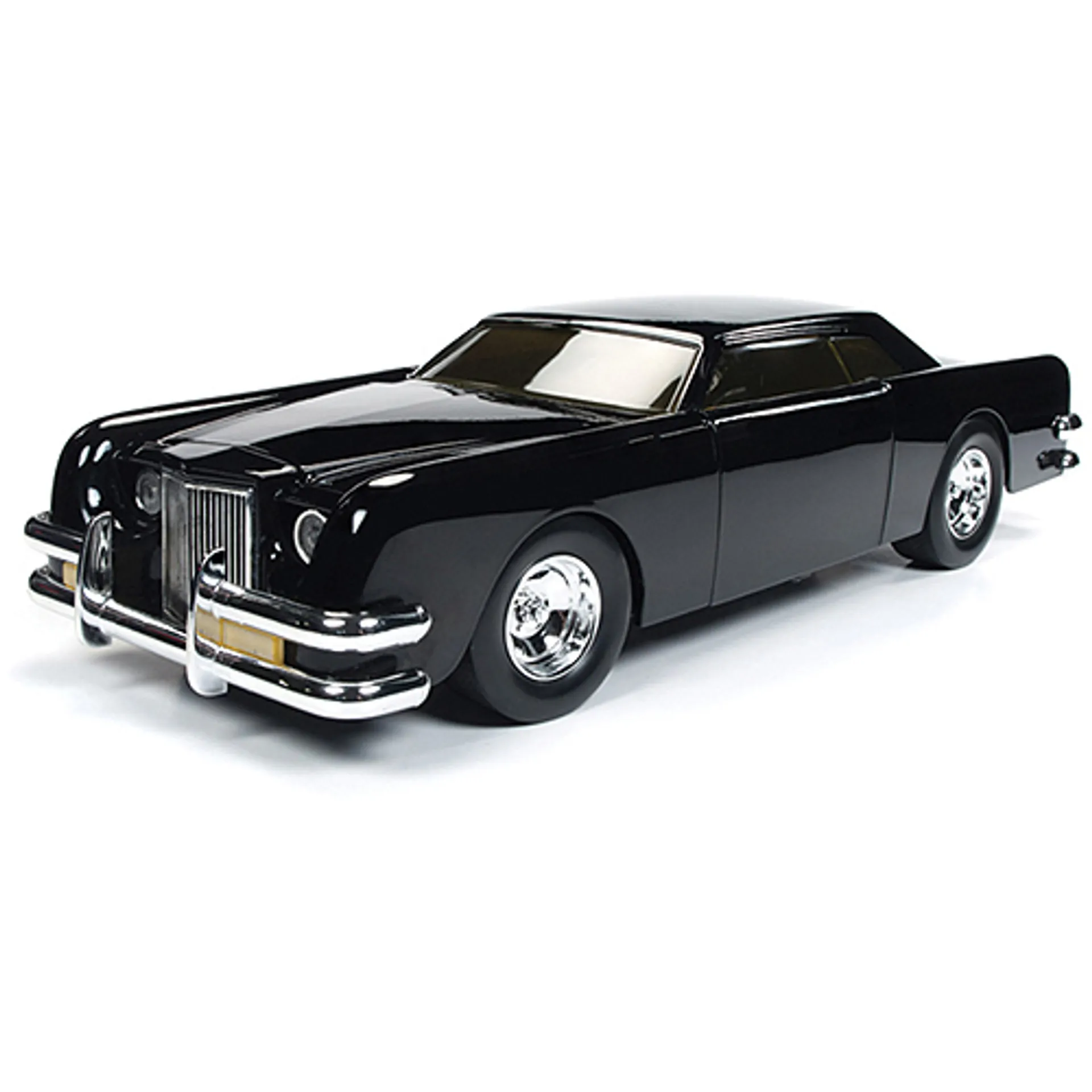What Are Diecast Cars?
Diecast cars are miniature replicas of real-life automobiles, meticulously crafted using a die-casting process. This involves injecting molten metal, typically zinc alloys, into molds to create highly detailed models. These cars have captivated collectors and enthusiasts for decades, offering a tangible connection to automotive history and design. They are not just toys they are representations of engineering and design, and they represent a passion for cars. Diecast cars come in a variety of scales, from the popular 1:18 scale to smaller ones, allowing collectors to amass diverse collections. The appeal of diecast cars lies in their ability to replicate the details of their full-size counterparts in a small, accessible form. Many people are becoming more and more passionate about this.
Materials and Manufacturing
The manufacturing of diecast cars is a complex process that combines precision engineering with artistic skill. The primary material used is a zinc alloy, sometimes referred to as Zamak, which is ideal for die-casting due to its low melting point, excellent dimensional stability, and ability to capture intricate details. The molten metal is injected into steel molds under high pressure, creating the basic shape of the car. After cooling, the parts are removed, trimmed, and often polished. The components are then assembled, and the car is painted, detailed, and finished with decals or other embellishments. This process ensures that each diecast car is a unique piece of art and craftsmanship.
Scale and Accuracy
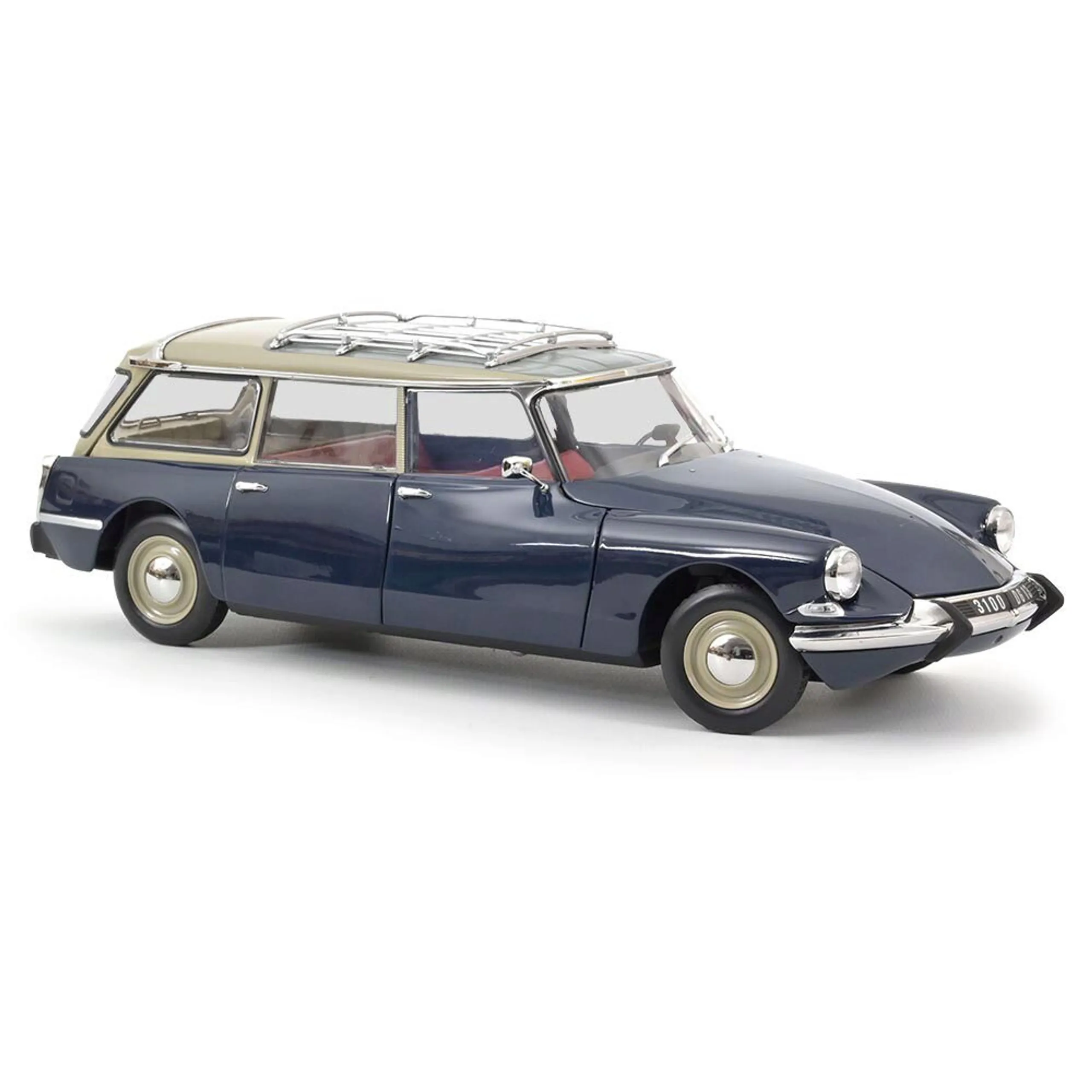
The scale of a diecast car is a crucial aspect of its design and appeal, determining the size and level of detail achievable. Common scales include 1:18, 1:24, 1:43, and 1:64, with the scale representing the ratio of the model’s size to the actual car’s size. For instance, a 1:18 scale model is 1/18th the size of the real car. The accuracy of the scale is paramount, as it influences the proportions and overall realism of the model. High-quality diecast cars strive for precise scaling, ensuring that the dimensions and features of the model closely resemble the original vehicle. This attention to detail is what makes these cars so attractive to collectors.
Detailing and Features
One of the most captivating aspects of diecast cars is the level of detail incorporated into their design. Manufacturers go to great lengths to replicate every aspect of the real car, from the body shape and paint finish to the interior features and engine components. This includes working lights, opening doors, hoods, and trunks, detailed dashboards, and even miniature seatbelts. These features add to the realism of the model and allow collectors to appreciate the craftsmanship involved. Advanced detailing techniques and meticulous attention to small parts make these diecast cars incredibly lifelike.
Interior and Exterior Details
The interior and exterior details of a diecast car are where the true artistry of the model comes to life. Exterior details include accurate paint colors, realistic badging, detailed headlights and taillights, and finely crafted wheels and tires. The interior often features detailed dashboards, steering wheels, seats, and sometimes even seatbelts and carpets. Some high-end models even include functional steering and suspension systems. These details are not merely cosmetic they are essential to the overall authenticity and appeal of the model. Each detail is a testament to the manufacturer’s commitment to accuracy and quality.
Opening Components
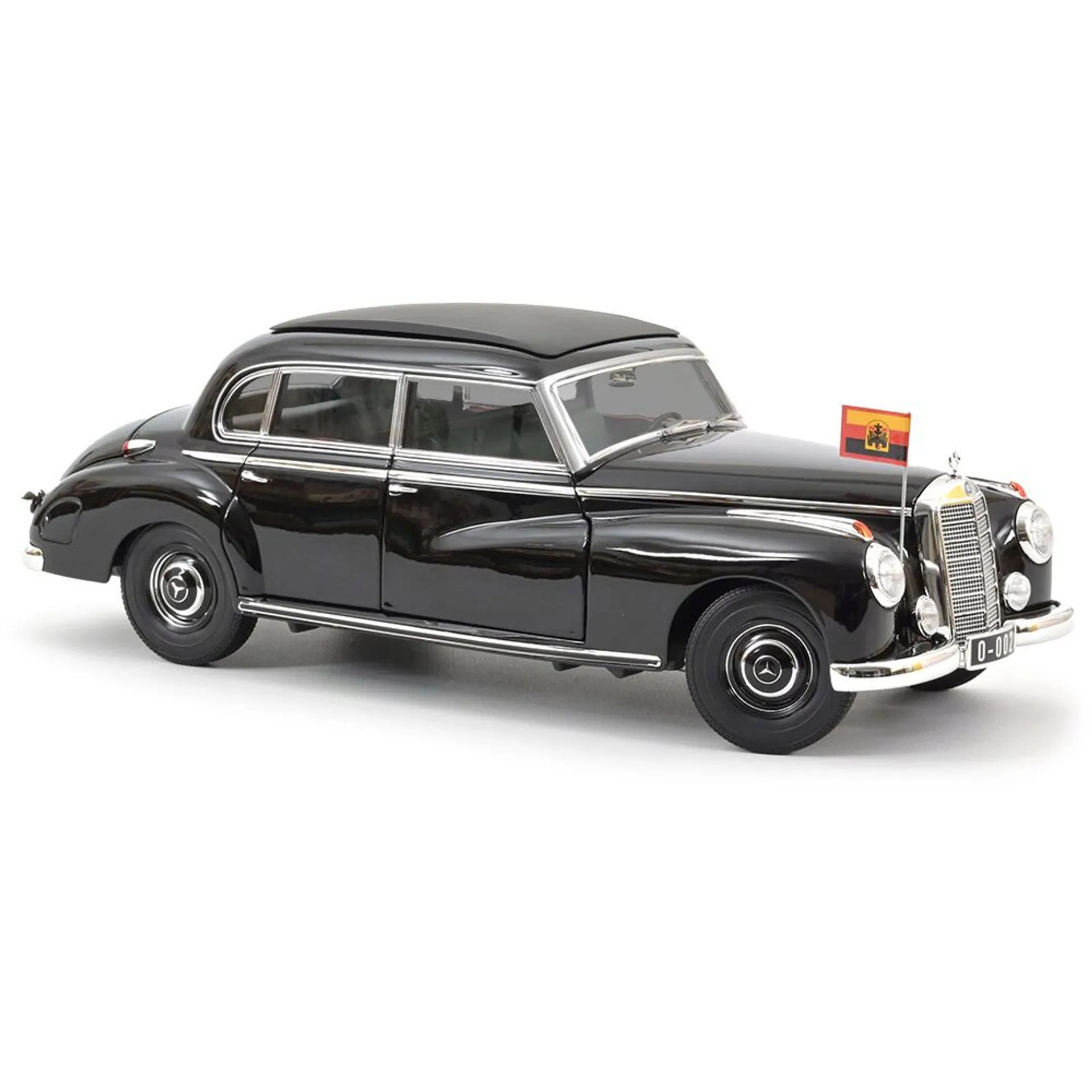
Many diecast cars feature opening components, such as doors, hoods, and trunks. These functional features not only enhance the realism of the model but also provide a more interactive experience for collectors. Collectors can open the doors to view the detailed interior, lift the hood to admire the engine, or open the trunk to reveal the spare tire. These opening components are often designed with precision hinges and closures, adding to the overall quality of the model. The ability to interact with these features sets diecast cars apart from static models and adds to their appeal.
Rarity and Collectibility
The rarity and collectibility of a diecast car significantly influence its value and appeal. Limited-edition models, rare color variations, and discontinued versions are highly sought after by collectors. Factors that contribute to rarity include limited production runs, special editions, and models that are no longer manufactured. Certain models, particularly those with historical significance or unique design features, can command high prices in the secondary market. Rarity adds a sense of exclusivity and investment potential to collecting diecast cars. For many collectors the hunt for rare pieces is a fulfilling experience.
Limited Editions
Limited editions are a significant part of the diecast car market, as manufacturers often release special versions of popular models in limited quantities. These limited editions often feature unique paint schemes, special detailing, or commemorative markings. They are typically produced in a specific number, and once they are sold out, they are no longer available from the manufacturer. The limited availability of these models increases their desirability among collectors. Many collectors consider these to be more valuable than regular versions. The exclusivity associated with limited editions makes them a prized possession.
Value and Investment
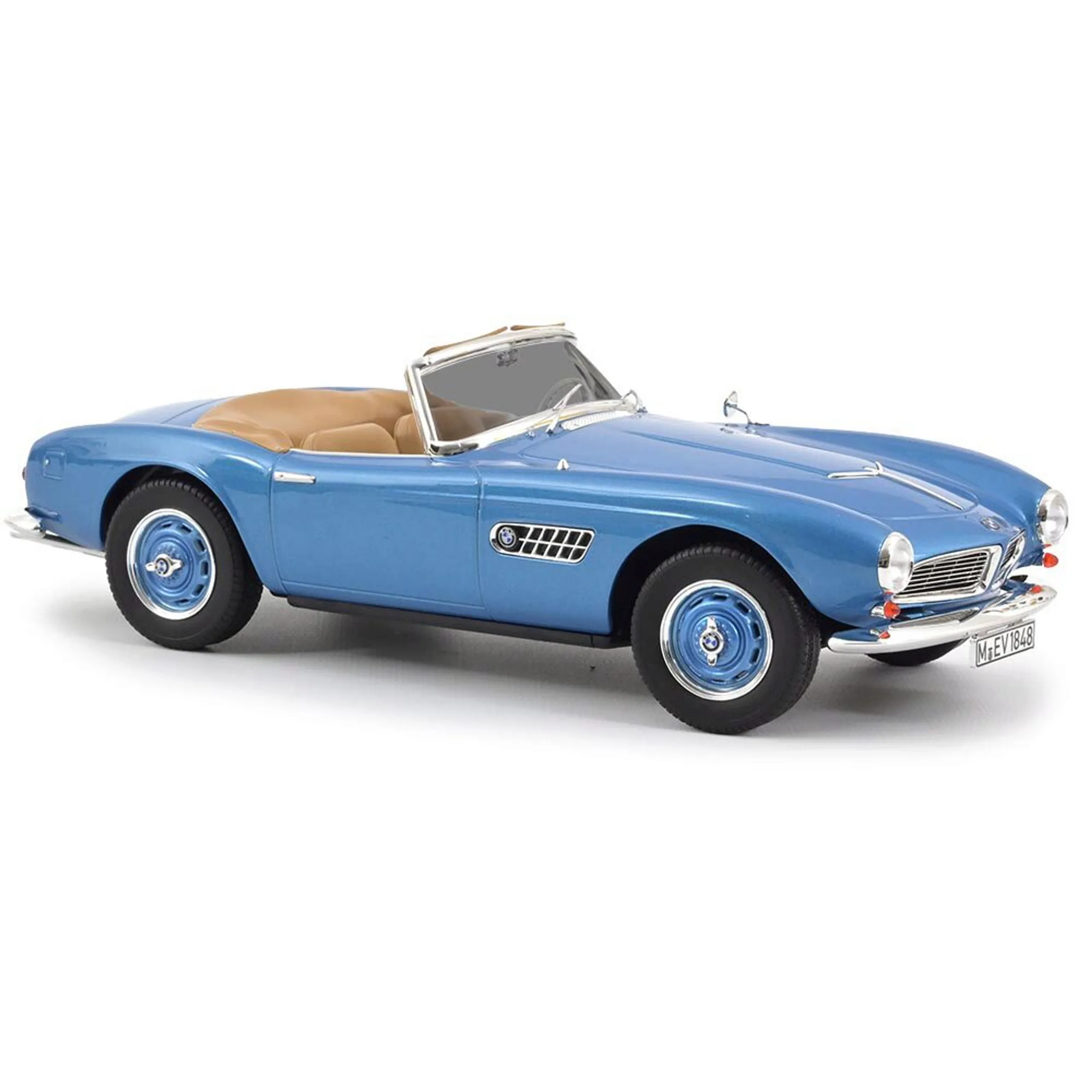
Diecast cars can be a surprisingly good investment, especially for rare or limited-edition models. The value of a diecast car is determined by various factors, including its rarity, condition, manufacturer, and historical significance. Some models have appreciated significantly over time, making them a valuable asset for collectors. While not all diecast cars increase in value, the potential for appreciation makes collecting them an attractive proposition for many enthusiasts. Proper care and storage are crucial to preserving the value of diecast cars. The collectibility factor adds an extra dimension to the hobby for many.
Displaying Your Collection
Displaying your diecast car collection is an important part of the hobby, allowing you to showcase your prized models and create an attractive visual presentation. Collectors often use display cases, shelves, or custom-built setups to exhibit their cars. The display should be well-lit, allowing for easy viewing of the details and features of each model. The arrangement of the cars can be thematic, such as by brand, scale, or model type, or it can be based on personal preference. Proper display enhances the aesthetic appeal of the collection and adds to the enjoyment of the hobby.
Storage Solutions
Proper storage is essential for protecting diecast cars from damage, dust, and light. Collectors often store their cars in display cases, individual boxes, or protective sleeves. Display cases provide a clear view of the cars while protecting them from dust and other environmental factors. Individual boxes or sleeves help to prevent scratches and maintain the pristine condition of the models. Choosing the right storage solution will help preserve the value and appearance of your diecast car collection for years to come.
Cleaning and Maintenance
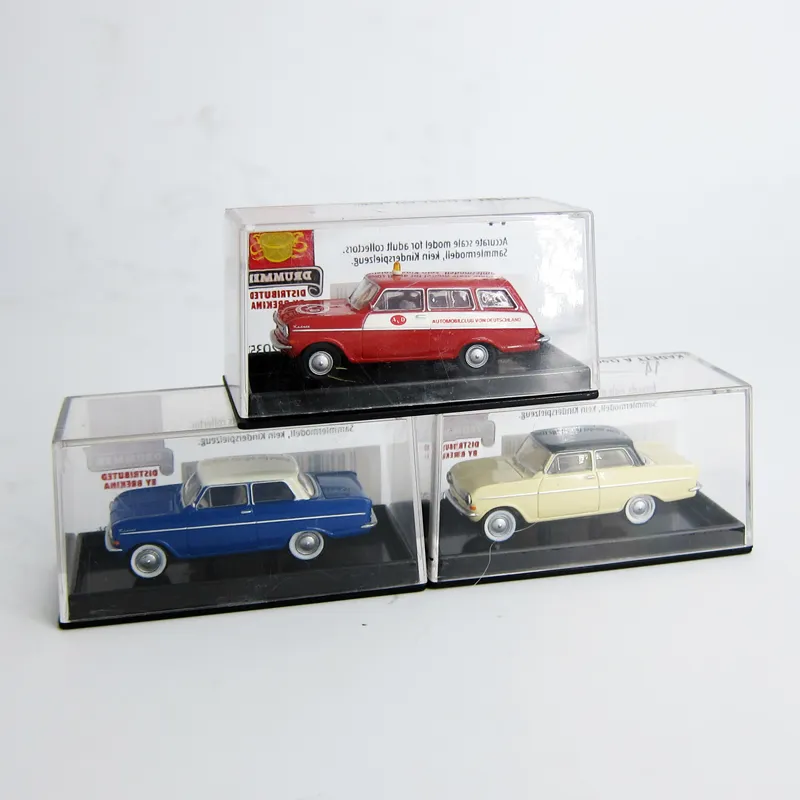
Regular cleaning and maintenance are vital for keeping your diecast cars in top condition. Dust and debris can accumulate over time, affecting the appearance of the models. Use a soft cloth or a specialized diecast car cleaning kit to gently remove dust and grime. Avoid using harsh chemicals or abrasive cleaners, as they can damage the paint and detailing. Store your cars in a clean, dry environment to prevent rust and corrosion. Regular maintenance is key to preserving the beauty and value of your collection.
Top Diecast Car Brands
The diecast car market features numerous brands, each offering a diverse range of models and styles. Some of the most respected and popular brands include Hot Wheels, Matchbox, Autoart, and Minichamps. These brands are known for their high-quality craftsmanship, attention to detail, and wide selection of models. Each brand has its own specialty whether it be vintage vehicles, sports cars, or race cars. Collectors often have a preference for specific brands, as they offer consistent quality and a variety of models. Investigating the leading brands is often the starting point for a new collector.
Popular Models
Popular models are highly sought-after by collectors, as they represent iconic vehicles and desirable designs. These models often include classic cars, sports cars, race cars, and limited-edition models. Collectors often seek out models that are replicas of their favorite cars or those with historical significance. The popularity of a model is often reflected in its value, with rarer and more desirable models commanding higher prices. Building a collection of popular models is often a key goal for many collectors.
Why Diecast Cars Are Popular
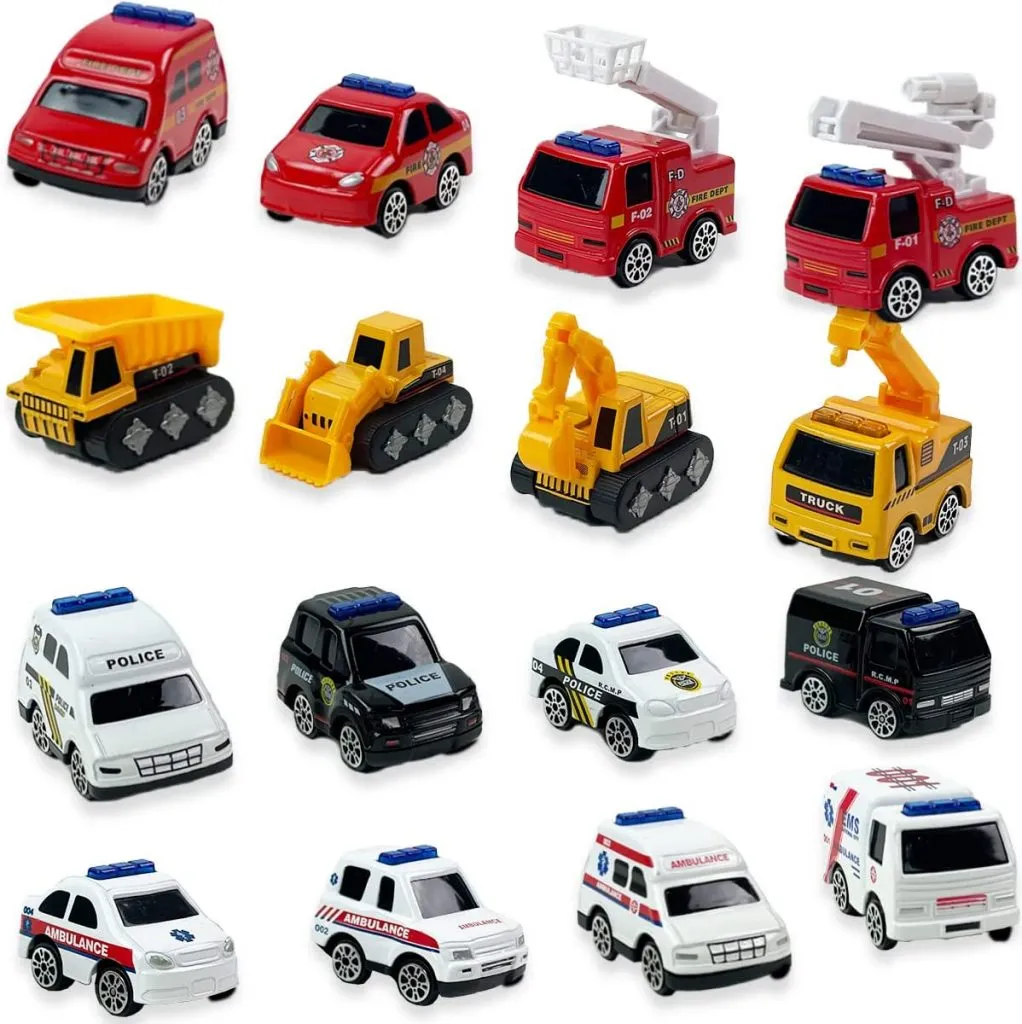
Diecast cars are popular for many reasons, including their ability to capture the beauty and detail of real-life automobiles in a small, accessible format. They appeal to collectors of all ages, providing a tangible connection to automotive history and design. The hobby is a form of self-expression, and can create a sense of community and shared interests. Diecast cars offer an affordable way to own a piece of automotive history and enjoy the thrill of collecting. The joy of collecting is what motivates many. The craftsmanship and the availability of various models make diecast cars a timeless and enduring hobby. This is the ultimate hobby for car enthusiasts.
